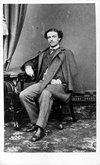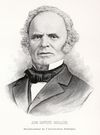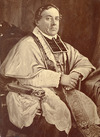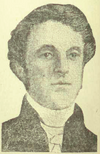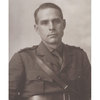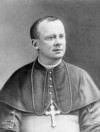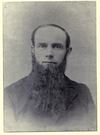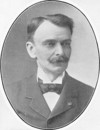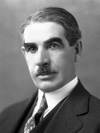– with his character and his position he had many – to accuse him of being too much influenced by the clergy, when there was a conflict between secular and clerical authoritet the evidence indicates
Catholic clergy so as to assimilate the Canadians and convert them to Protestantism; settlement of the Eastern Townships by British people and an artificial increase in the number of ridings for this region
abolished them, and he was an enthusiast for the plan of endowing the Church of England by leasing the clergy reserves. Yet he resented the young Englishmen set over him, was ostentatiously patient about the
. . . , which were an attack on the French Canadian clergy. In his view, “The clergy are everywhere, they preside over everything, and no one can think or wish anything except what they allow . . . they
Catholic, he earned the confidence of the clergy, and in February 1784 he was one of six men authorized to receive and remit to the parish priest of Quebec money and goods destined for the poor and sick of
and teaching reserved for the clergy. He, suggested increasing customs duties on tobacco and alcoholic beverages, and raising the amount charged for innkeepers’ licences. Finally, the savings realized
woeful lack of clergy, the availability of this young ecclesiastic made it easier for Joseph-Octave Plessis*, the bishop of Quebec, to fill
. If dividing the clergy reserves among all the Christian sects would achieve religious harmony, he was prepared for the step. His bill to establish a chartered bank in Brockville, together with his
Talbot* of Port Talbot, and with various government officials. His troubles with his neighbours stemmed largely from his failure to build a church on a clergy reserve lot, something he had agreed to do
, especially the responsibility for teaching theology and Holy Scripture to the clergy and for preaching in the cathedral church. The new theologal’s demands surprised many ecclesiastics. In Quebec the dignity
, involve the home churches directly in the recruitment of chaplains, and ensure a vigorous front-line presence for his clergy founded the major traditions of military chaplaincy in Canada. Even though the
death to this French engineering school. Poorly subsidized and outside the system of higher education – the classical colleges and the Université Laval, which were dominated by the clergy – this
Clerics of St Viator but had some secular clergy on its teaching staff, into his diocesan minor seminary and helped it develop. Archambeault’s interest in elementary education was equally evident. He
Saint-Maurice. Since the departure of the Jesuits and Récollets in the 1760s, these missions had been without resident priests and were served only by a few secular clergy who went there in the summer. In
spiritualism. His ministerial audience was not impressed and his expulsion from the ranks of the clergy was upheld. This experience would mark him for life in that he would never again accept any strict
. Its some 50 members, mainly amateur historians recruited from the clergy and members of liberal professions in the region, urged for many years that an archivist be appointed for the district of Trois
with the Conservatives and the clergy. It also set him in opposition to more moderate Liberals, such as Honoré Mercier*, whose coalition with
know all of its prospectors and mining men, as well as clergy members, Hudson’s Bay Company officials, and native and mixed-blood leaders.
As was
Mabane*, and the French émigré clergy in Canada. He was also “the initiator and true compiler” of the 1858 edition of the Relations des jésuites, and he suggested to his protégé, Jean
, despite a request by all the clergy of the colony in 1707, the civil authorities decided to authorize only the tithe on grain.
In 1701 Abbé Boullard had




